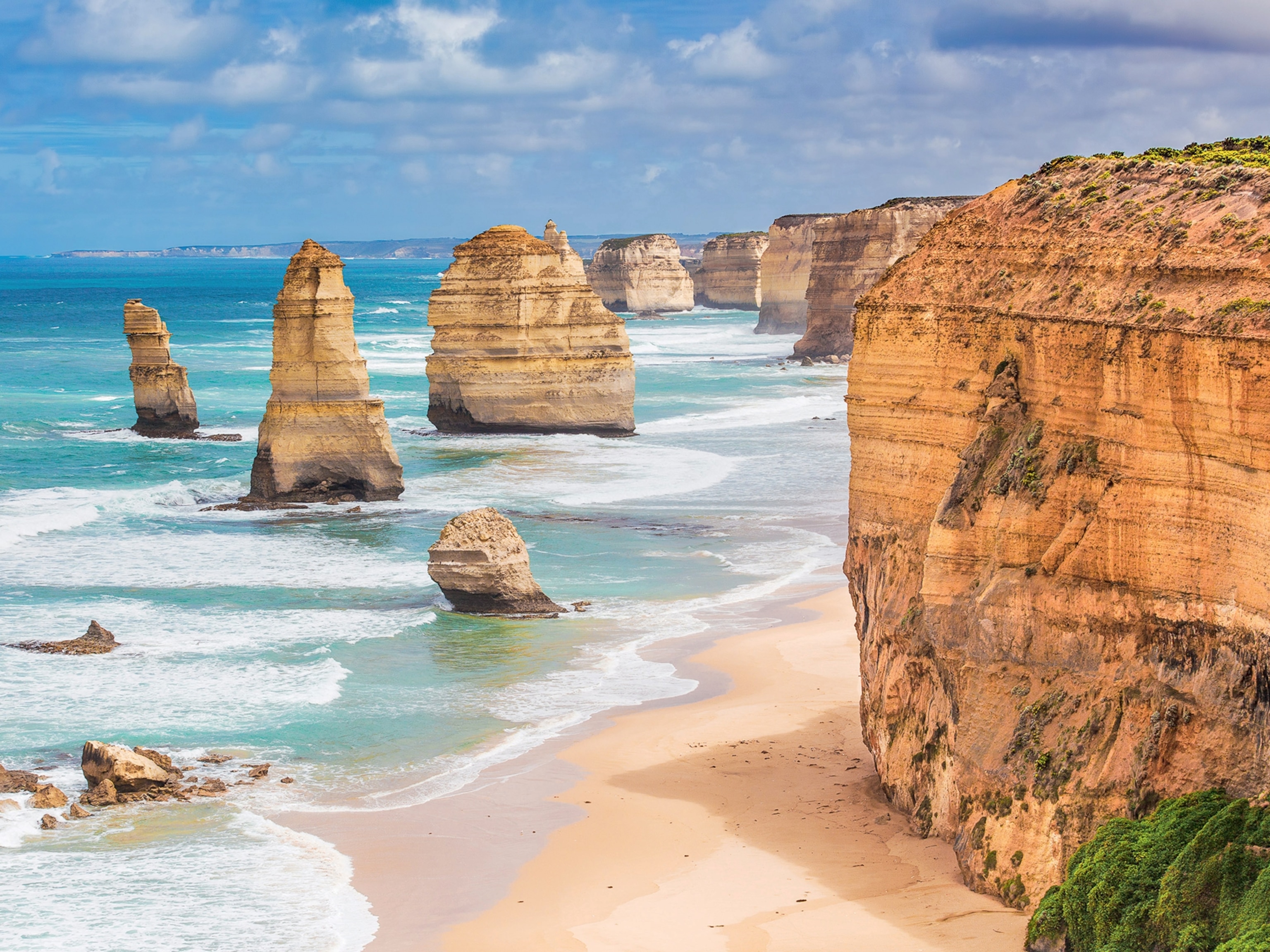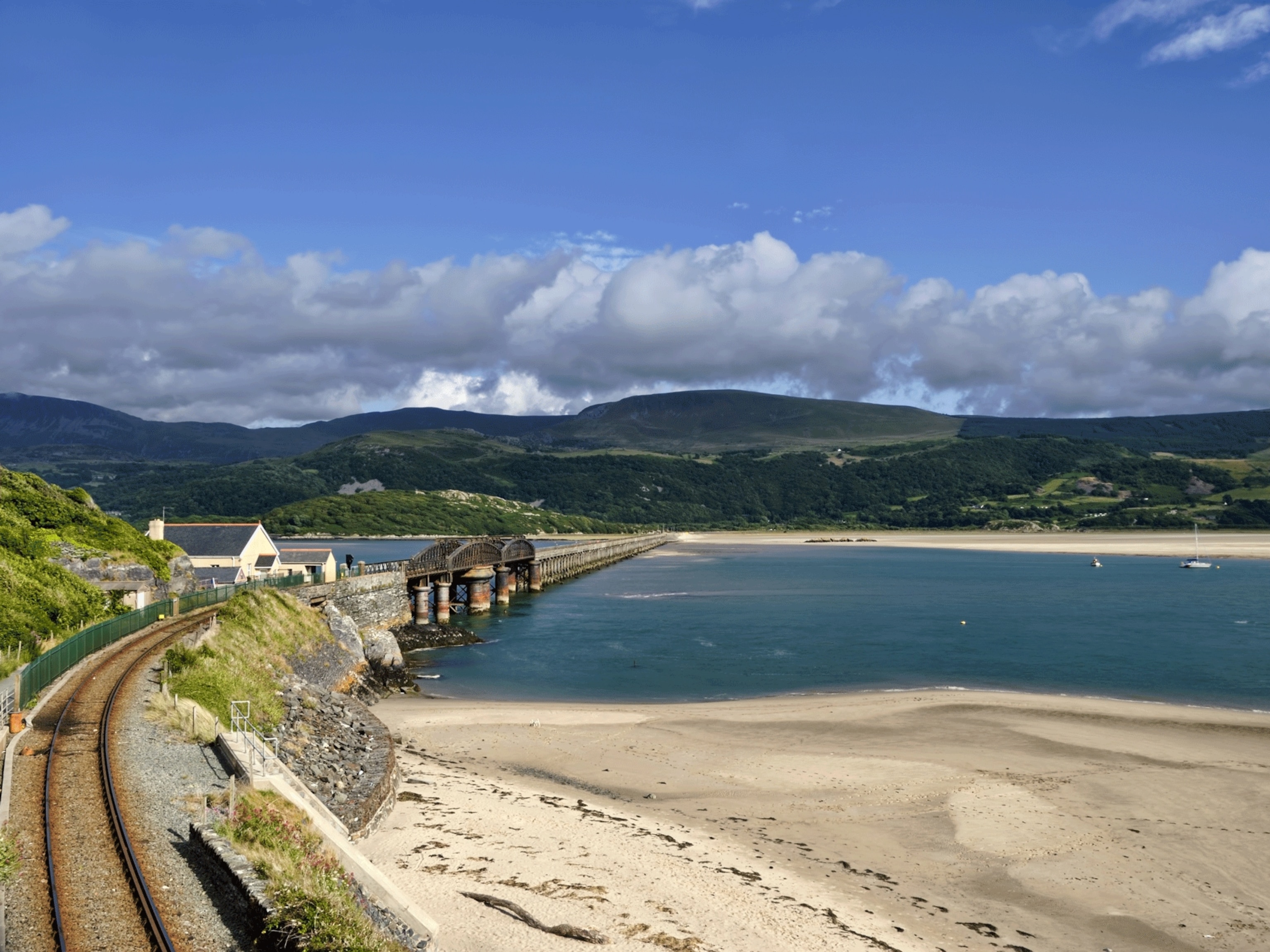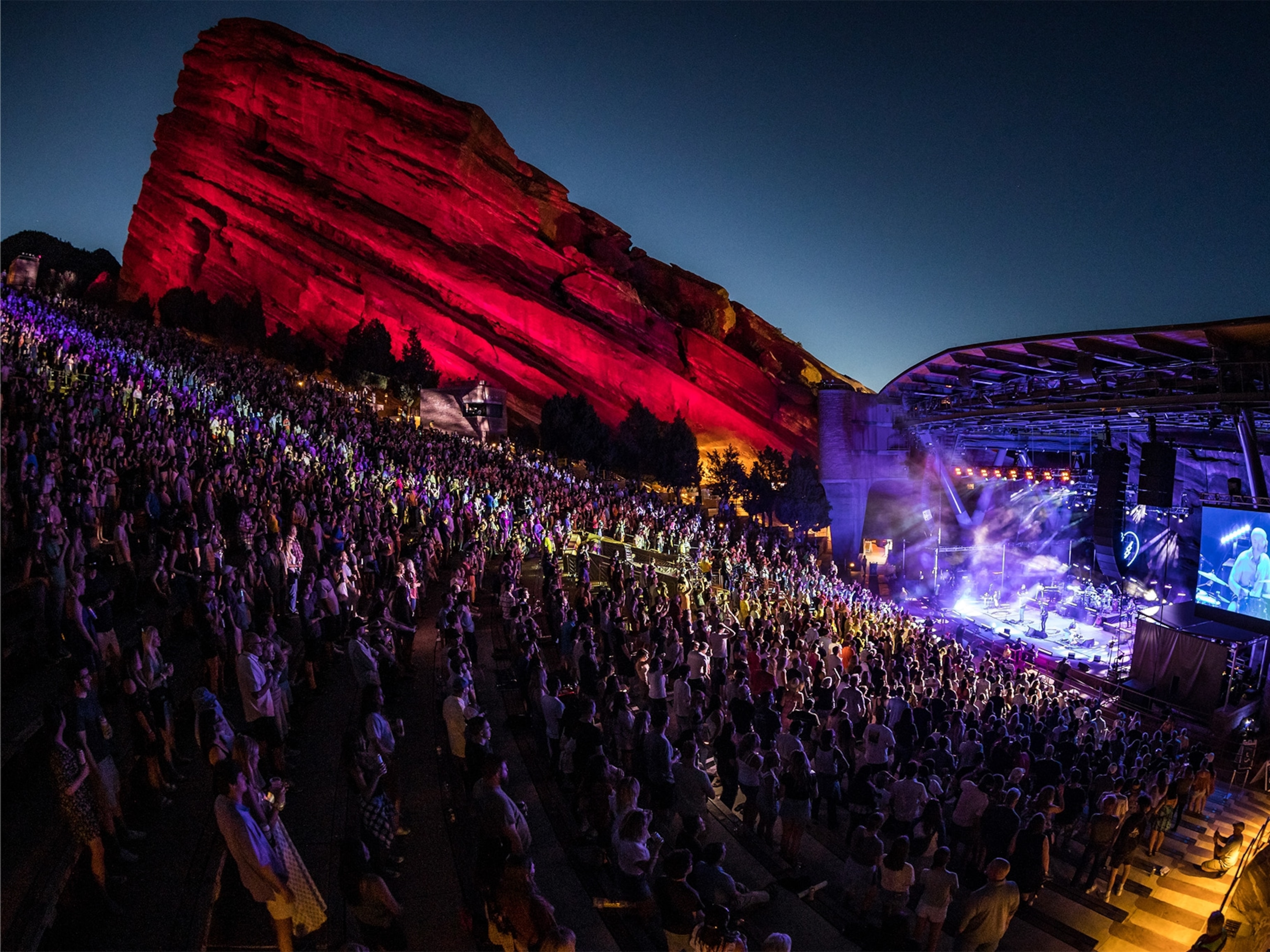
Ancient souks and outdoor adventures—5 ways to explore Oman's Jabal Akhdar
From hiking alongside river valleys and fruit-filled orchards, to discovering beloved local dishes, there are plenty of ways to make the most of this cooler green corner high in the Hajar mountains.
High in the rocky mountains of Oman’s interior, the desert blooms, beckoning travellers to experience a corner of the country that's resplendent in its rural beauty. Jabal Akhdar is around two hours' drive from Muscat and enjoys a mild microclimate thanks to an inland position and high altitude. As a result, it's home to flourishing landscapes, with fruit and rose orchards smothering slopes in fragrant and colourful blossoms. Visitors can easily immerse themselves in its spectacularly rugged landscapes on foot, with the milder weather providing ample opportunities for exploration of its villages and hiking routes. Witness the plunging depths of nearby Wadi Ghul — nicknamed ‘the Grand Canyon of Arabia’, while ancient settlements carved into Jabal Akhdar's precipices add a surreal beauty to Oman’s green peaks. Whether you're seeking cultural riches or active adventure, here are five of the best ways to discover Jabal Akhdar.
Explore ‘ghost villages’
There’s something inspiring in the way humans have harnessed the natural bounty of Jabal Akhdar, tending to the orchards and terraces staggered down the mountainsides. But alongside the human life that still thrives here, there are echoes of civilisations past: abandoned ‘ghost villages’ that cling to the hillsides of the Saiq Plateau, the most fertile part of the mountain. Most residents left decades ago, lured by the trappings of modern living below. Prior to a new road unveiled in 2006, the only way to gain access was via a near-perpendicular six-hour trek. The laying of tarmac may have opened the plateau up to the wider world, but it retains its historic atmosphere: a Shangri-La high in the clouds above the desert.

Three of the abandoned villages — Al Aqr, Al Ayn and Al Shirayjah — can be reached on an intermediate three-hour hiking loop, with rugged cliff paths leading between them. Tackle it yourself or book a guide from a local operator like Cady Travel and Tours. Along the way, you’ll see aflaj (ingenious water channels that sustain the orchards).
Visit a traditional rosewater distillery
On your three-village hike, you might spot pomegranates, peaches and apricots growing on the hillside terraces, filling the air with aromatic blossoms. The most prized product of the mountain, though, is the Damask rose, whose oil and petals have been used to produce celebrated Omani rosewater for hundreds of years.
Between March and May each year, the blossoming roses light up the hillsides in a riot of pink flowers. Walking through the villages of the Saiq Plateau at this time of year, you’ll likely see men picking the petals. There are also tours available that allow visitors the chance to join in with harvesting the roses before observing the distillation process in traditional factories such as Bait Asarh; the petals are soaked in water and then passed through a series of clay pots, ovens and cloth strainers.

Shop for silver in Nizwa Souq
Though the current capital of Oman is Muscat, in the sixth and seventh centuries CE, it was Nizwa, the nearest city to Jabal Akhdar. Nizwa retains much of its historic charm, with its sandcastle architecture — like the looming Nizwa Fort — and its extensive, atmospheric souq. Perfectly placed in a date palm oasis at the feet of the Hajar Mountains, Nizwa has long been an obvious stop-off point for traders, who have been gathering here for centuries to sell clay pots, leather goods, meat, fish, dates and more. Nizwa Souq is famous for its silverware, particularly the khanjar, the curved dagger that’s the national symbol of Oman.
Sample mishkak
Shawarma and machboos (spiced rice and chicken) are among the many culinary delights Oman shares with its neighbouring countries, but one uniquely Omani dish is mishkak. These delicious skewers of grilled chicken, mutton or beef, marinated in rich spices, are the nation’s signature street food. Mishkak makes the perfect bite-sized snack when served on wooden skewers from sizzling stalls, but can also be a meal in itself. Vue, the restaurant at Hotel Indigo Jabal Akhdar Resort & Spa, offers its own luxurious version of the dish: skewers of black Angus beef, grilled and served with a tangy tamarind sauce.


Hike to the ‘Grand Canyon of Arabia’
The most dramatic sight in the Hajar Mountains, a two-and-a-half-hour drive from Jabal Akhdar, is Wadi Ghul, nicknamed 'the Grand Canyon of Arabia’ and home to the country’s most spellbinding hiking trails. Old donkey paths lead up Jabal Shams, Oman’s highest mountain, to vertigo-inducing viewpoints where Egyptian vultures hang in the air and sheer cliff walls plunge to the valley floor. One popular hike begins and ends in the ruins of Ghul (which literally translates as ‘ghoul’), an abandoned village of mudbrick houses that rises from a glittering green date plantation.
Jabal Akhdar is around two-and-a-half hours by car from Muscat, Oman’s capital, which has daily flights from London Heathrow. For views over the winding ravines and plunging valleys of Jabal Akhdar, visitors can stay Hotel Indigo Jabal Akhdar Resort & Spa, a new hotel more than 6,560ft above sea level. For more information, visit ihg.com
To subscribe to National Geographic Traveller (UK) magazine click here. (Available in select countries only).




